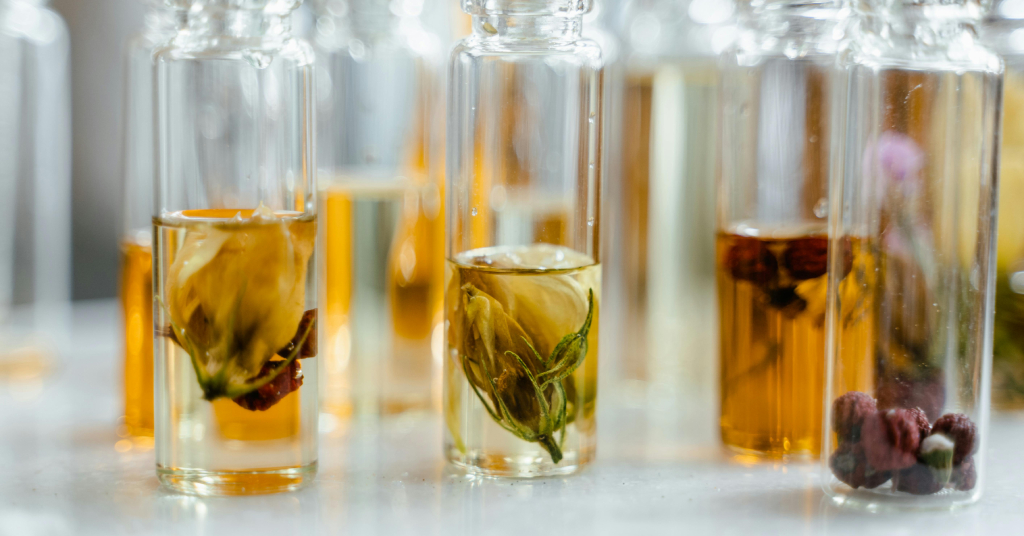
The Power of Herbal Cosmetic Claims: What Consumers Need to Know
In a world where beauty and wellness go hand in hand, the rise of herbal cosmetics is more than just a trend—it’s a movement. Consumers today are more mindful than ever about what they put on their skin, and the demand for natural, herbal-based products is skyrocketing. But as the market floods with products claiming to be “herbal,” “natural,” or “organic,” how can consumers distinguish between genuine products and mere marketing hype?
The Appeal of Herbal Cosmetics
Herbal cosmetics are often seen as a safer, more holistic approach to skincare and beauty. These products are formulated with ingredients derived from plants, herbs, and other natural sources, offering a more gentle alternative to synthetic chemicals. The appeal lies in the promise of harnessing nature’s power—whether it’s the soothing effects of aloe vera, the anti-aging properties of green tea, or the nourishing benefits of coconut oil.
For many, herbal cosmetics represent a return to basics, a way to care for the skin without exposing it to potentially harmful synthetic ingredients. The allure is not just in the product itself, but in the lifestyle it promotes—one that is in harmony with nature.
Decoding Herbal Claims
While the benefits of herbal cosmetics are well-promoted, it’s essential for consumers to understand what these claims mean. Terms like “herbal,” “natural,” or “organic” are widely used, but not always clearly defined. Here’s what to look out for:
- Herbal: Products labeled as herbal typically contain ingredients derived from plants or herbs. However, the percentage of these herbal ingredients can vary significantly from one product to another. It’s important to check the ingredient list to see how prominently these herbal extracts feature in the formulation.
- Natural: A “natural” claim suggests that the product is made from ingredients found in nature. However, this doesn’t necessarily mean the product is free from synthetic substances. It’s crucial to understand that the term “natural” is not strictly regulated, and a product labeled as natural could still contain processed or synthetic ingredients.
- Organic: For a product to be labeled organic, it must meet certain standards that vary by country. These standards often require that the ingredients are grown without synthetic fertilizers, pesticides, or genetically modified organisms (GMOs). Organic products usually carry certification from recognized bodies, which can offer reassurance of their purity and quality.
- Sustainable: Some herbal cosmetics go a step further by emphasizing sustainability in their sourcing and production methods. These products often come from ethically harvested plants, support fair trade practices, and use environmentally friendly packaging. For eco-conscious consumers, this is an important aspect to consider.
Making Informed Choices
As the market for herbal cosmetics grows, so does the challenge of navigating it. To make informed choices, consumers should:
- Research Brands: Look for brands that are transparent about their sourcing, production processes, and ingredient lists. Reputable companies will often provide detailed information about where their ingredients come from and how their products are made.
- Read Labels: Take the time to read and understand ingredient labels. Ingredients are listed in descending order of concentration, so if the key herbal ingredient is at the bottom of the list, its presence in the product may be minimal.
- Look for Certifications: Certifications from recognized organic or natural product organizations can provide an extra layer of assurance that the product meets certain standards.
- Be Skeptical of Exaggerated Claims: Be cautious of products that make bold claims, such as “instant results” or “miracle cure.” While herbal ingredients can offer significant benefits, they are not magic, and results typically require consistent use over time.
Conclusion
Herbal cosmetics offer a promising alternative to conventional beauty products, tapping into the natural world for ingredients that are gentle, effective, and often more sustainable. However, as with any product, it’s essential to be informed and discerning. By understanding what lies behind herbal claims and choosing products wisely, consumers can enjoy the benefits of nature in their skincare and beauty routines, with the confidence that they are making choices that are good for their skin and the environment.
Services we Provide:
| Service Category | Description |
|---|---|
| In-vitro Efficacy Testing | Testing cosmetic products using the RHE tissue model of Episkin to evaluate product claims such as anti-aging, moisturizing, and skin barrier enhancement. |
| Safety Testing | Assessment of skin irritation, corrosion, and sensitization potential using the RHE tissue model of Episkin. |
| Skin Irritation Tests | Evaluating potential skin irritation of cosmetic ingredients and formulations using the RHE model. |
| Skin Corrosion Tests | Determining the corrosive potential of cosmetic products using the RHE tissue model. |
| Barrier Function Tests | Testing the ability of cosmetic products to maintain or enhance skin barrier function with the Episkin model. |
| Photographic Analysis | Capturing high-resolution images of the Episkin model before and after treatment to support efficacy claims visually. |
| Regulatory Compliance Support | Providing data from in-vitro testing with the Episkin model to support regulatory submissions and claims validation. |
